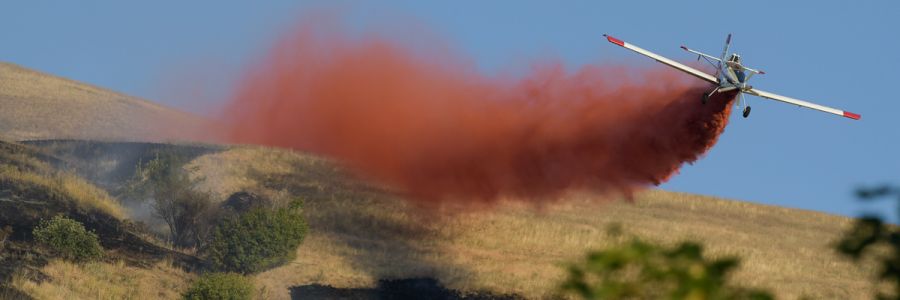Critical Information to Provide
- Building name and address
- Location of the active shooter(s)
- Number of shooters
- Physical description of shooter(s) (weight, height, race, gender, clothing color and style, etc.)
- Number and type of weapons held by the shooter(s) (handgun, rifle, shotgun, explosives)
- Number of potential victims at the location
Tips for When Law Enforcement Arrives
- When law enforcement reaches you, do not run at them or make sudden movements.
- Law enforcement's primary objective is to stop the active shooter as soon as possible.
- Responding officers will not necessarily know the identity of the shooter and may treat everyone they encounter as a possible suspect.
- Do not scream, yell, point, or wave your arms.
- Do not hold anything in your hands that could be mistaken for a weapon (including cell phones).
- Show the officers your empty hands and follow their instructions.
- Remain calm and follow the instructions of the responding officers.
- The first officers to arrive at the scene will not stop to help injured persons.
- Their task is to proceed immediately to the shooter/threat.
- Once the threat has been neutralized, safety corridors will be established and the building will be evacuated.
